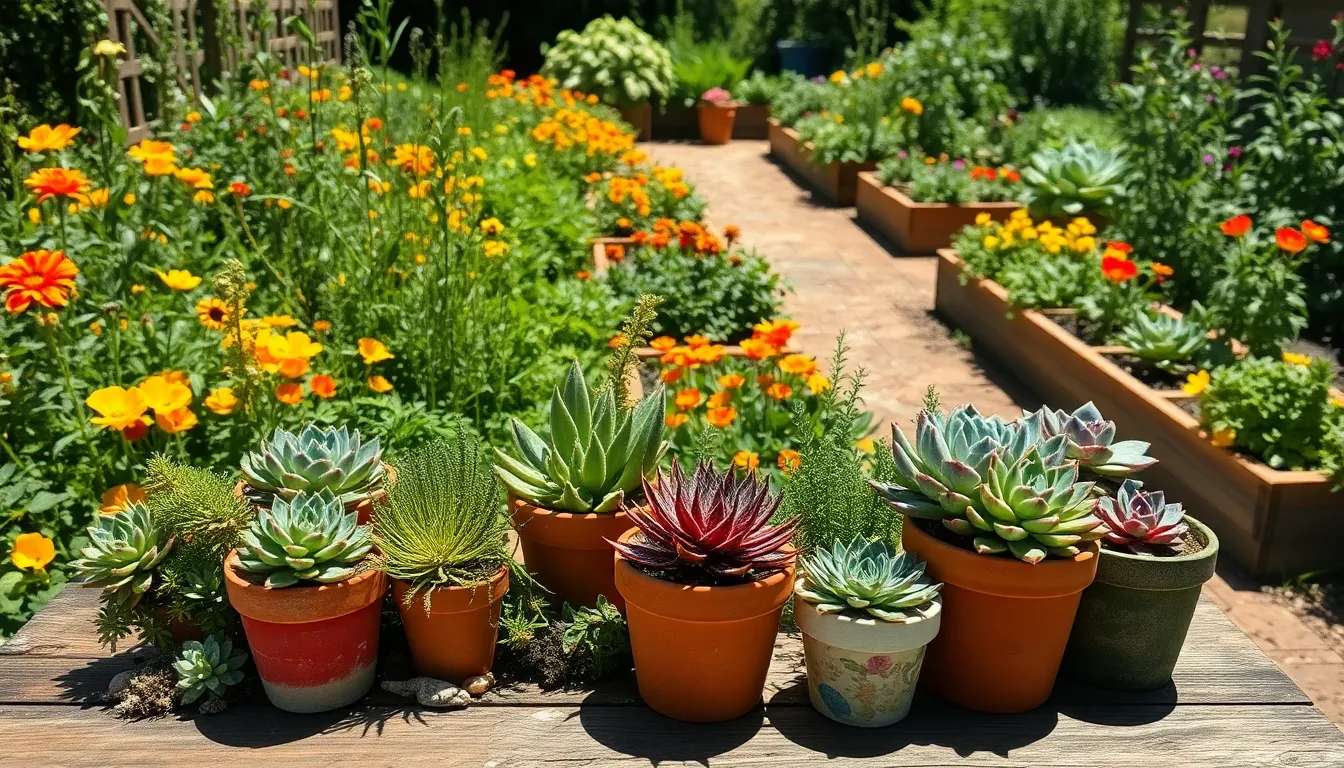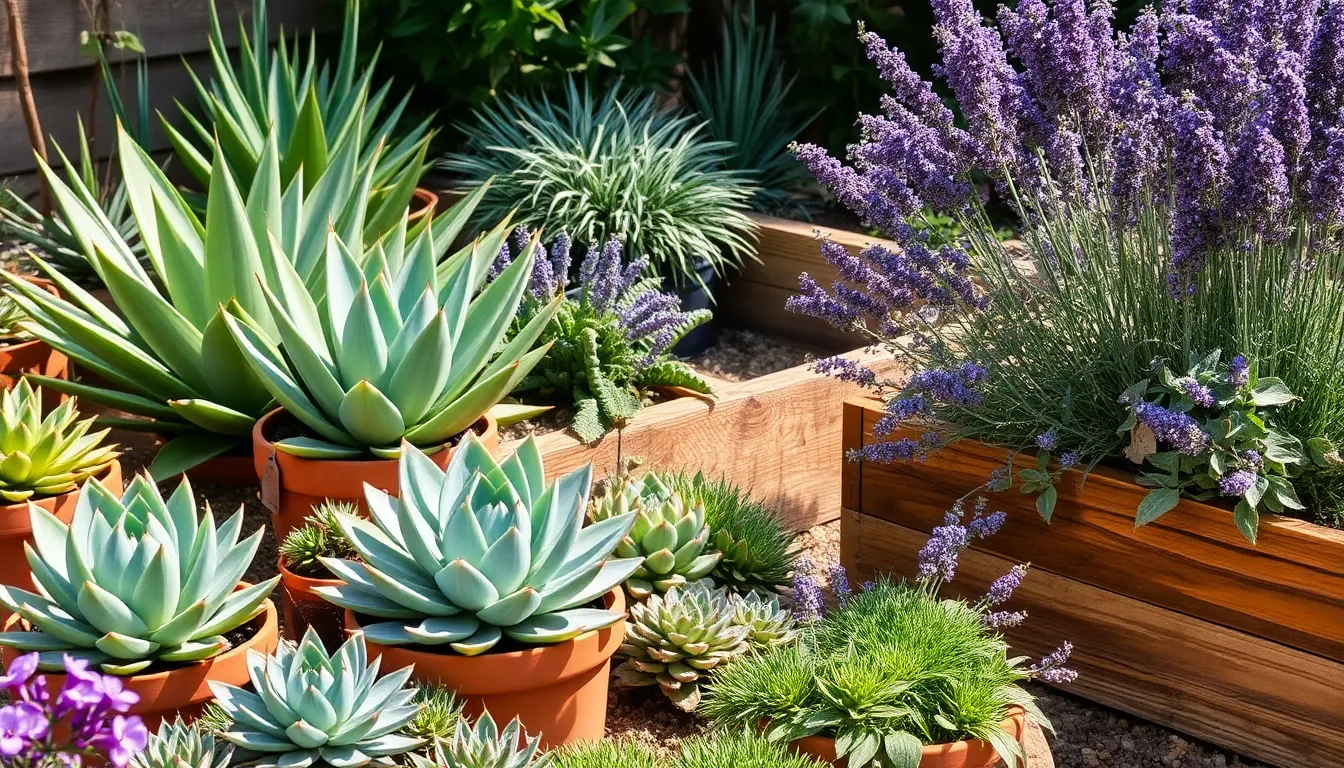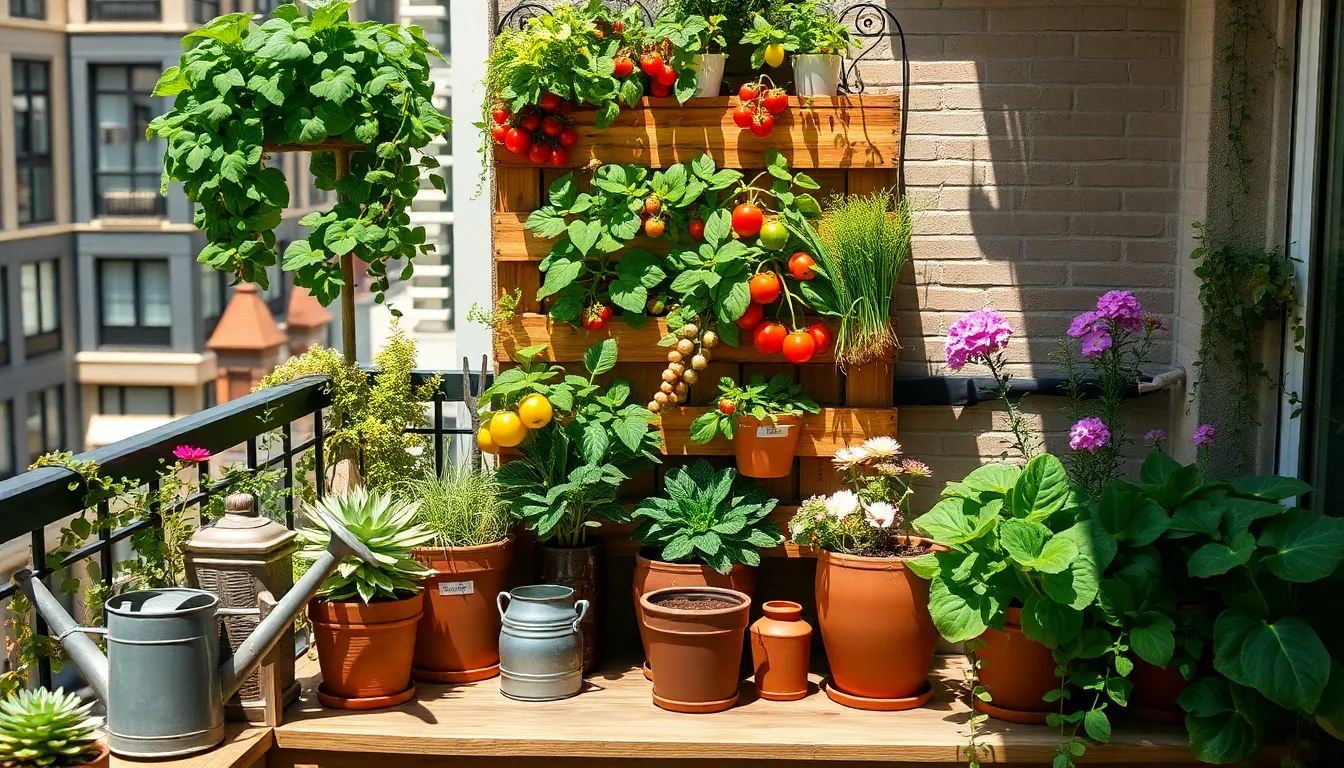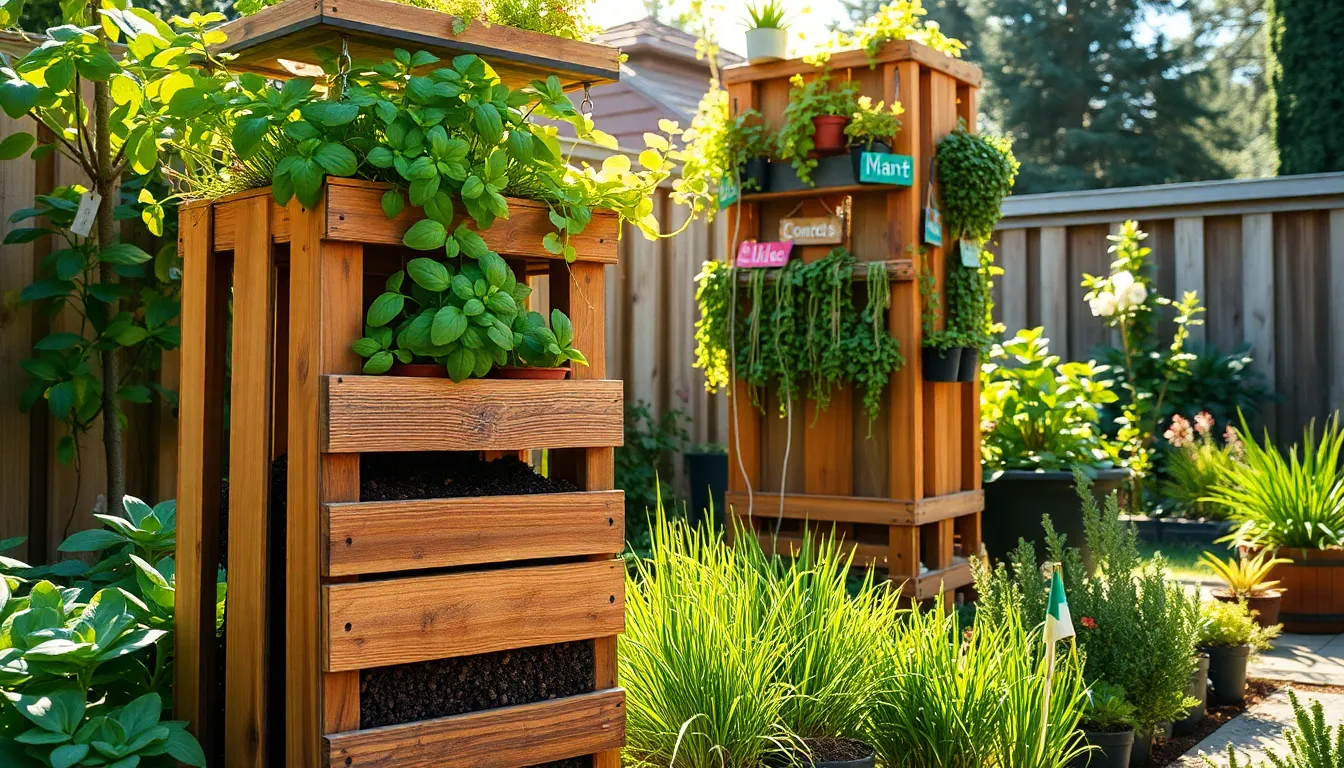Welcome to the delightful world of organic gardening, where the joy of nurturing nature meets the simplicity of low-maintenance techniques. Whether you’re just beginning your gardening journey or you’re a seasoned green thumb, this guide is crafted to inspire and empower you to cultivate a thriving garden with ease and satisfaction.
In “11 Low-Maintenance Organic Gardening Tips,” we unlock the secrets to creating a lush, productive oasis without the hassle. These time-tested strategies not only enhance your garden’s vitality but also free up your time, allowing you to savor the rewards of your efforts more fully.
Imagine harvesting fresh, vibrant produce and tending to flourishing plants with minimal effort, all while contributing to a healthier environment. With each tip, you’ll gain confidence and practical skills, transforming your garden into a sanctuary of sustainable beauty.
Choose Native Plant Varieties
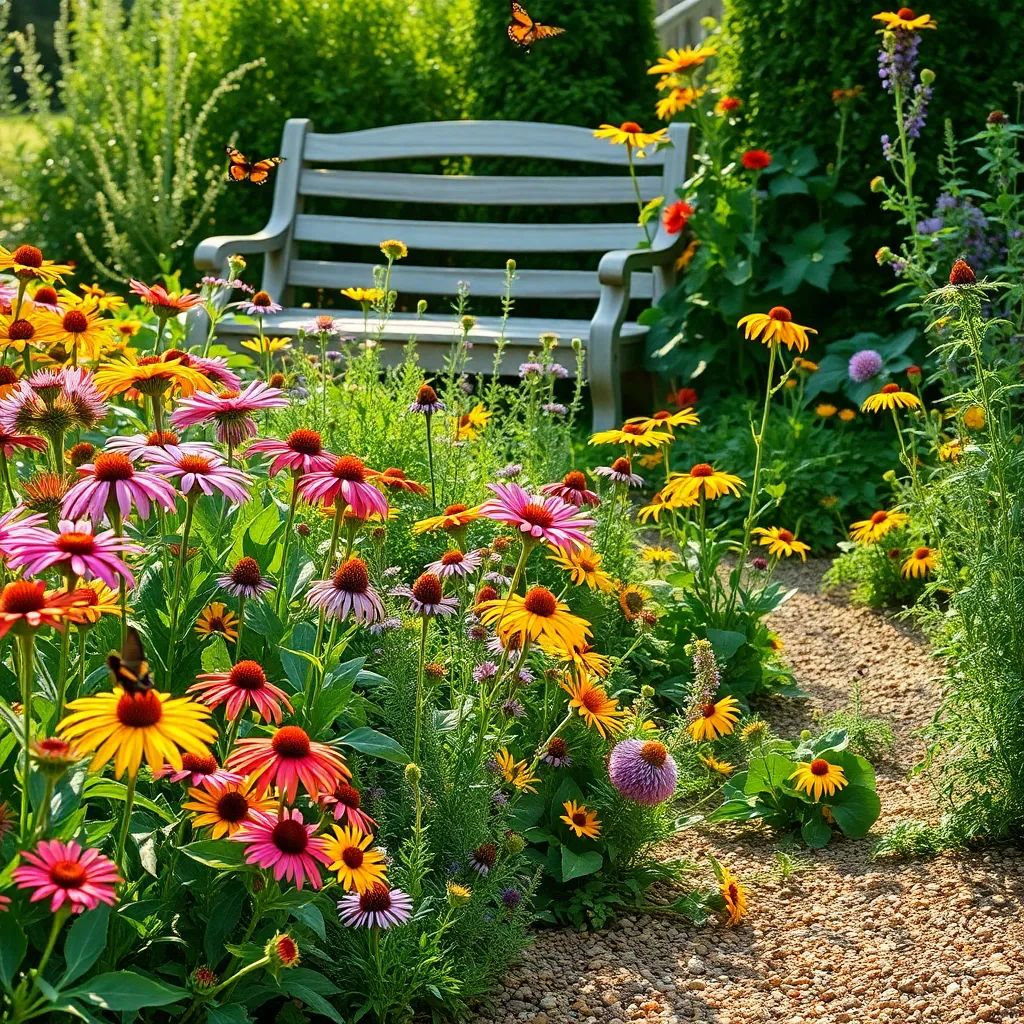
Embracing native plant varieties is an excellent way for gardeners to achieve a low-maintenance and eco-friendly garden. Native plants are well-adapted to local climates and soil conditions, making them more resilient and less reliant on fertilizers and pesticides.
For beginners, it’s important to start by identifying which plants are native to your region. Local garden centers or extension services can be invaluable resources for finding this information and sourcing native plants.
Choose plants that match your garden’s specific conditions, such as sunlight exposure and soil type, to ensure they thrive. Native plants often require less watering once established, reducing your garden’s overall water usage and maintenance needs.
Advanced gardeners can experiment with creating plant communities that mimic natural ecosystems, such as prairies or woodlands. This approach can enhance biodiversity and create a self-sustaining garden that supports local wildlife, including beneficial pollinators and pest predators.
Apply Organic Mulch Regularly
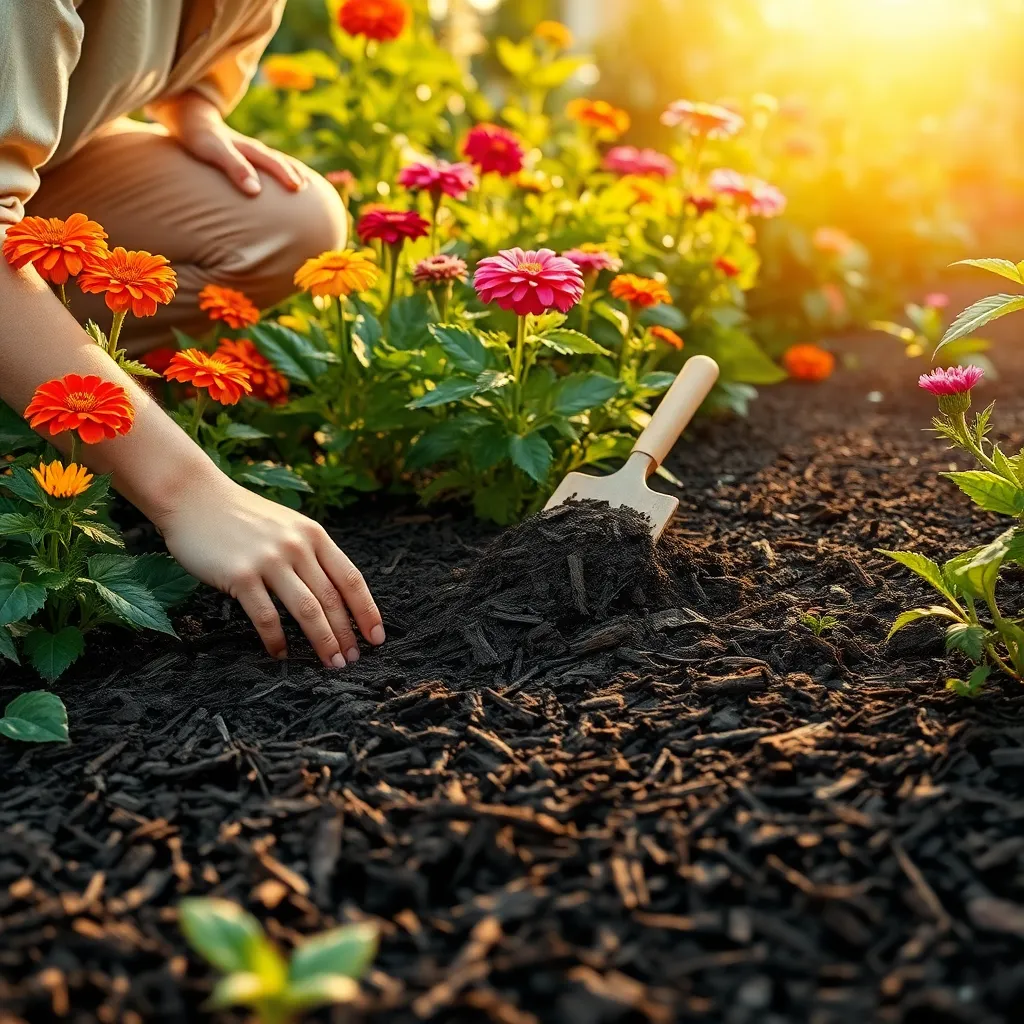
Applying organic mulch regularly is a key strategy for maintaining a healthy, low-maintenance garden. Mulch helps retain soil moisture, reducing the need for frequent watering and keeping your plants happy even during dry spells.
To get started, choose a mulch type that suits your garden’s needs, such as shredded bark, straw, or leaf mold. Apply a 2-3 inch layer around your plants, ensuring the mulch is kept away from the base of stems to prevent rot.
Organic mulch not only conserves moisture but also suppresses weed growth, saving you time and effort. As the mulch breaks down, it enriches the soil with organic matter, improving soil structure and fertility over time.
For those with more experience, consider using mulch as part of a seasonal strategy. In colder climates, mulch can insulate plant roots against harsh winter temperatures, while in warmer areas, it can moderate soil temperature fluctuations.
Practice Companion Planting Techniques
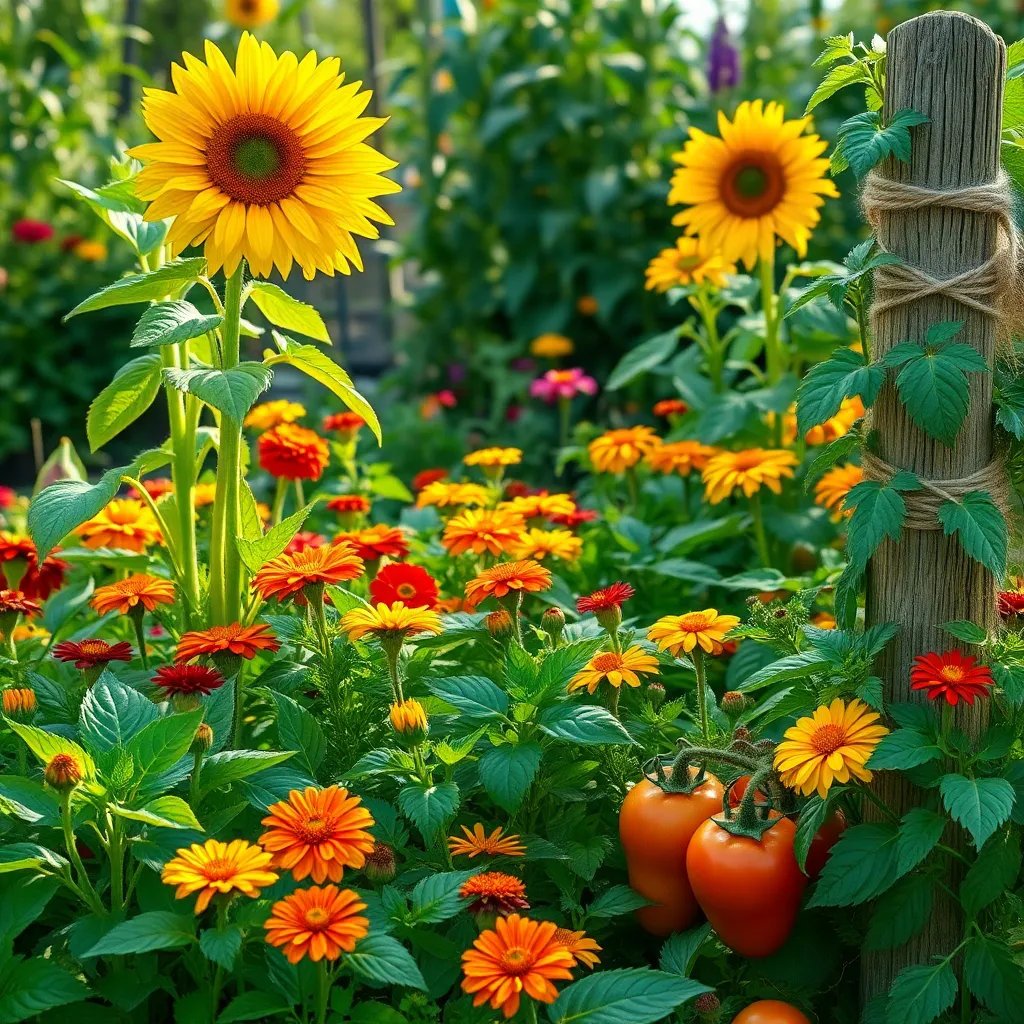
Companion planting is a time-tested gardening technique that involves growing certain plants close together to enhance their growth. By selecting plants that naturally support each other, you can reduce pests, improve soil nutrients, and optimize space in your garden.
For beginners, starting with simple combinations like tomatoes and basil can be very rewarding. Basil helps repel insects that commonly attack tomatoes, while both thrive in similar soil conditions with full sun and well-drained soil.
Advanced gardeners might explore more complex pairings, such as planting corn, beans, and squash—a trio known as the “Three Sisters.” Corn provides a natural trellis for climbing beans, which in turn fix nitrogen in the soil, and squash covers the ground, suppressing weeds and retaining moisture.
When planning your companion planting layout, consider the specific needs of each plant, such as water and sunlight requirements. Keep an eye on plant spacing to ensure they have room to grow and aren’t competing for nutrients.
Install Drip Irrigation Systems
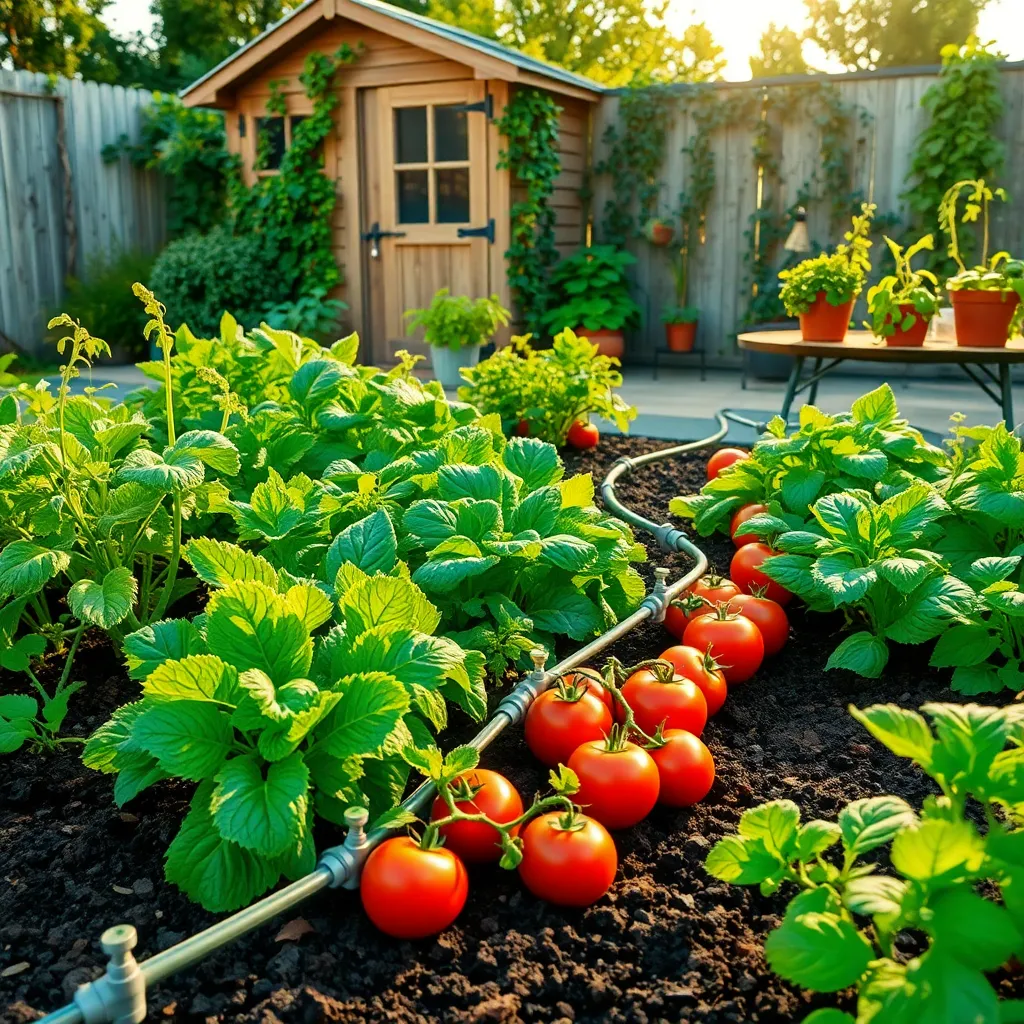
To take your organic garden to the next level of efficiency, consider installing a drip irrigation system. This method delivers water directly to the plant’s roots, minimizing water waste and promoting healthier plant growth.
Drip irrigation systems are particularly beneficial for gardens with diverse plant types, as they can be customized to suit the specific water needs of each plant. By adjusting the flow rate of each emitter, you can ensure that water-sensitive plants receive just the right amount of moisture.
For beginners, setting up a basic drip irrigation system involves running tubing along your garden beds and attaching emitters to deliver water to each plant. Ensure the system is placed on a timer to provide consistent, scheduled watering, which is especially crucial during the dry season.
Advanced gardeners can enhance their systems by incorporating moisture sensors that adjust watering schedules based on soil conditions. This not only conserves water but also prevents overwatering, which can lead to root rot and other issues.
Use Natural Pest Deterrents
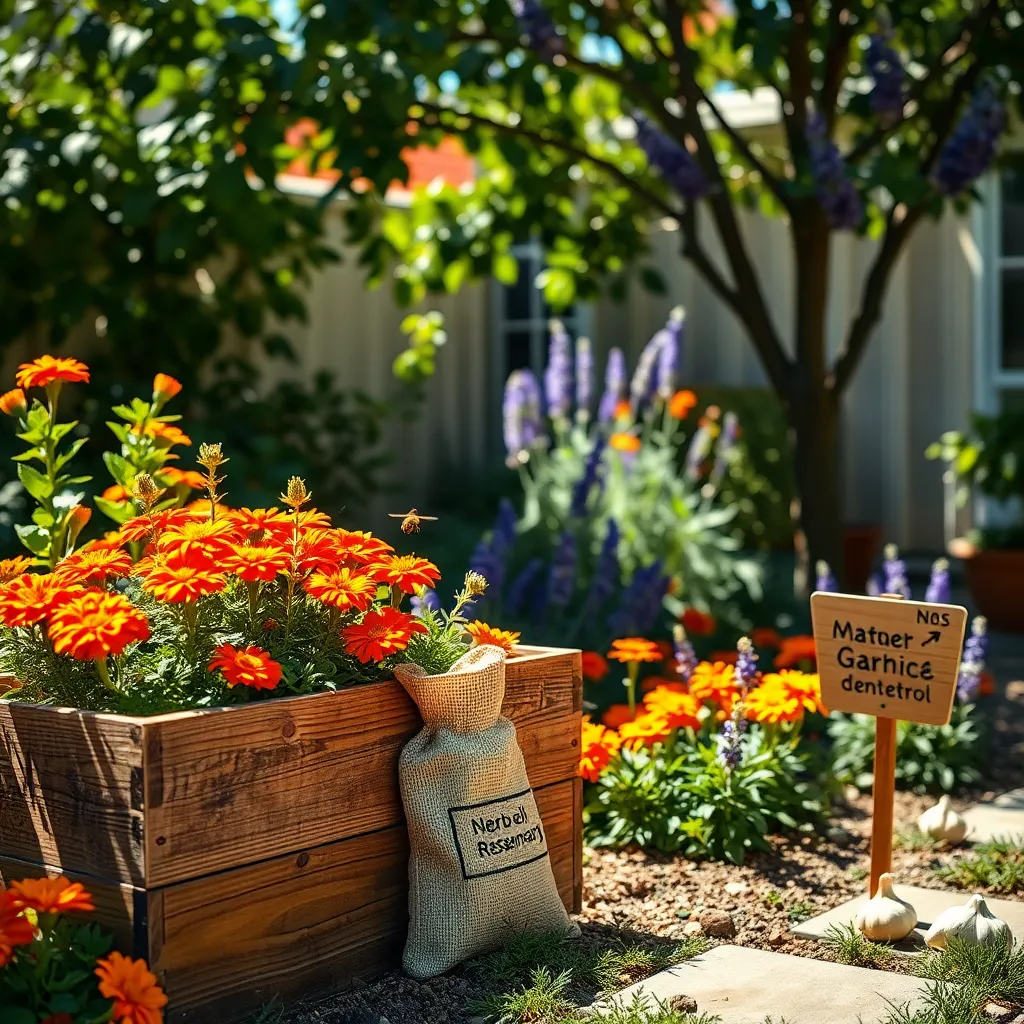
Incorporating natural pest deterrents into your garden can significantly reduce plant damage without using harmful chemicals. Companion planting is an effective strategy; for instance, marigolds can repel nematodes, while basil can deter certain insects when planted near tomatoes.
Another popular method is using homemade sprays from simple ingredients like garlic or neem oil, which can ward off a variety of pests. To make a basic garlic spray, blend two bulbs of garlic with a quart of water, strain the mixture, and then dilute it before spraying on affected plants.
Attracting beneficial insects, such as ladybugs and lacewings, is also a great way to manage pest populations naturally. You can encourage these helpful creatures by planting dill, fennel, or yarrow, which serve as excellent habitats for them.
For those who prefer a more hands-on approach, regularly inspect your plants and remove pests manually. Early detection of pests is crucial; checking the undersides of leaves can help you catch problems before they escalate.
Rotate Crops Annually
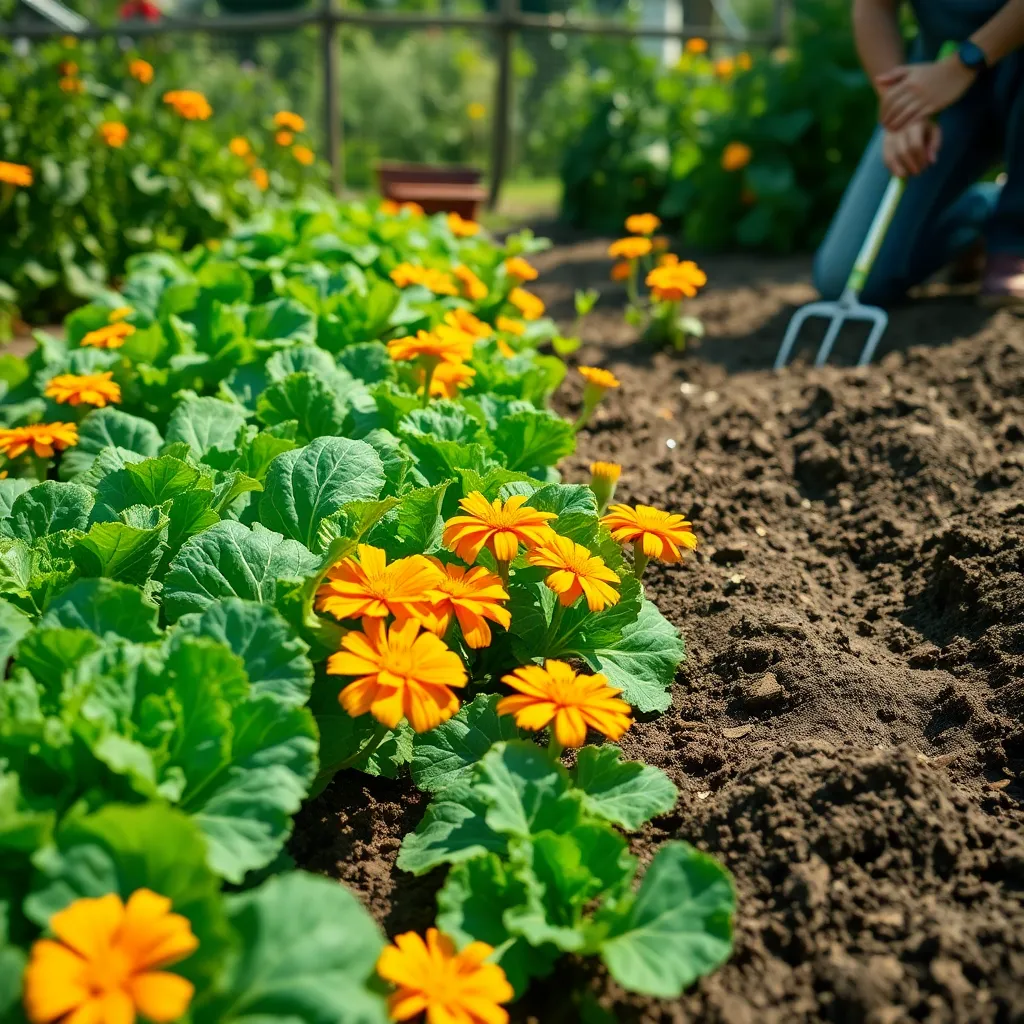
Rotating crops annually is a simple yet effective way to maintain soil health and reduce pest issues. By changing the location of your plant families each year, you disrupt the life cycles of soil-borne pests and diseases, making it harder for them to thrive.
To implement crop rotation, divide your garden into sections based on plant families, such as nightshades, legumes, and brassicas. Each year, move these plant families to a different section of your garden to ensure they don’t grow in the same spot two years in a row.
Besides pest control, crop rotation can improve soil fertility. For example, following nitrogen-demanding plants like tomatoes with nitrogen-fixing legumes such as peas or beans can replenish soil nutrients naturally.
Advanced gardeners can take crop rotation to the next level by incorporating cover crops during the off-season. Planting cover crops like clover or vetch can further enrich the soil with organic matter and help prevent erosion.
Incorporate Compost into Soil
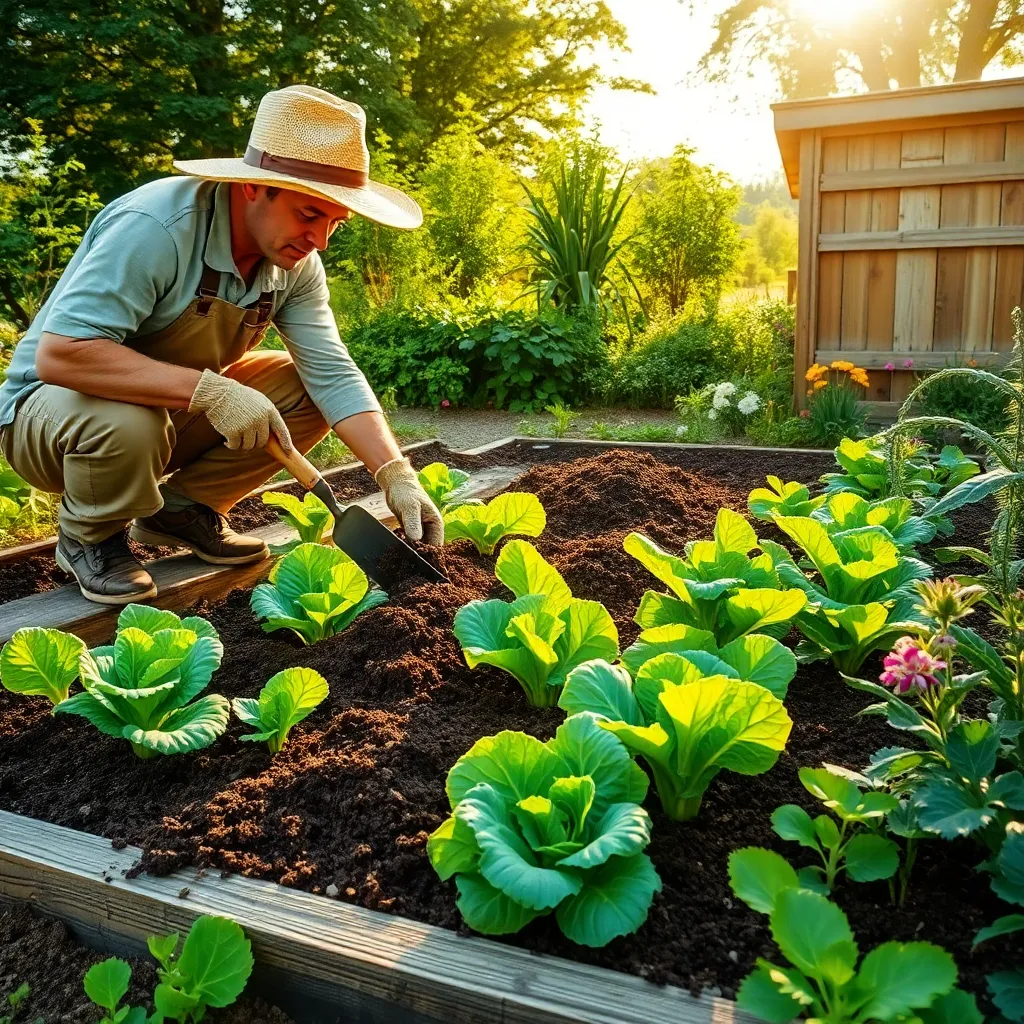
Enhancing your soil with compost is a powerful way to boost plant growth and health. Compost adds essential nutrients and improves soil structure, making it an ideal amendment for any garden. Begin by determining the type of soil in your garden, as sandy, clay, or loamy soils will each benefit differently from added compost. For sandy soils, compost increases water retention, while in clay soils, it improves drainage and aeration.
To incorporate compost effectively, aim to apply a layer of 2 to 3 inches across the garden bed. This should be done in early spring or fall to allow the compost to integrate into the soil structure before planting. Use a garden fork or tiller to mix the compost into the top 6 to 8 inches of soil for optimal results. This process ensures that the nutrients are accessible to plant roots and improves soil health over time.
For those with established gardens, side-dress plants with compost during the growing season by gently working it into the soil surface around the plant base. This technique provides ongoing nutrient supply, reducing the need for additional fertilizers. Gardeners with limited space or container gardens can make compost tea by steeping compost in water, which can be used to water plants directly. This liquid fertilizer is a quick way to provide nutrients without disturbing plant roots.
Besides enhancing plant growth, composting also promotes sustainable gardening practices by recycling organic waste. It reduces reliance on chemical fertilizers and helps maintain a balanced ecosystem in your garden. Encouraging earthworms and beneficial microbes in the soil, compost contributes to a thriving garden environment. Ultimately, incorporating compost into your soil is a straightforward yet effective step towards a more productive and low-maintenance organic garden.
Select Perennial Plant Options
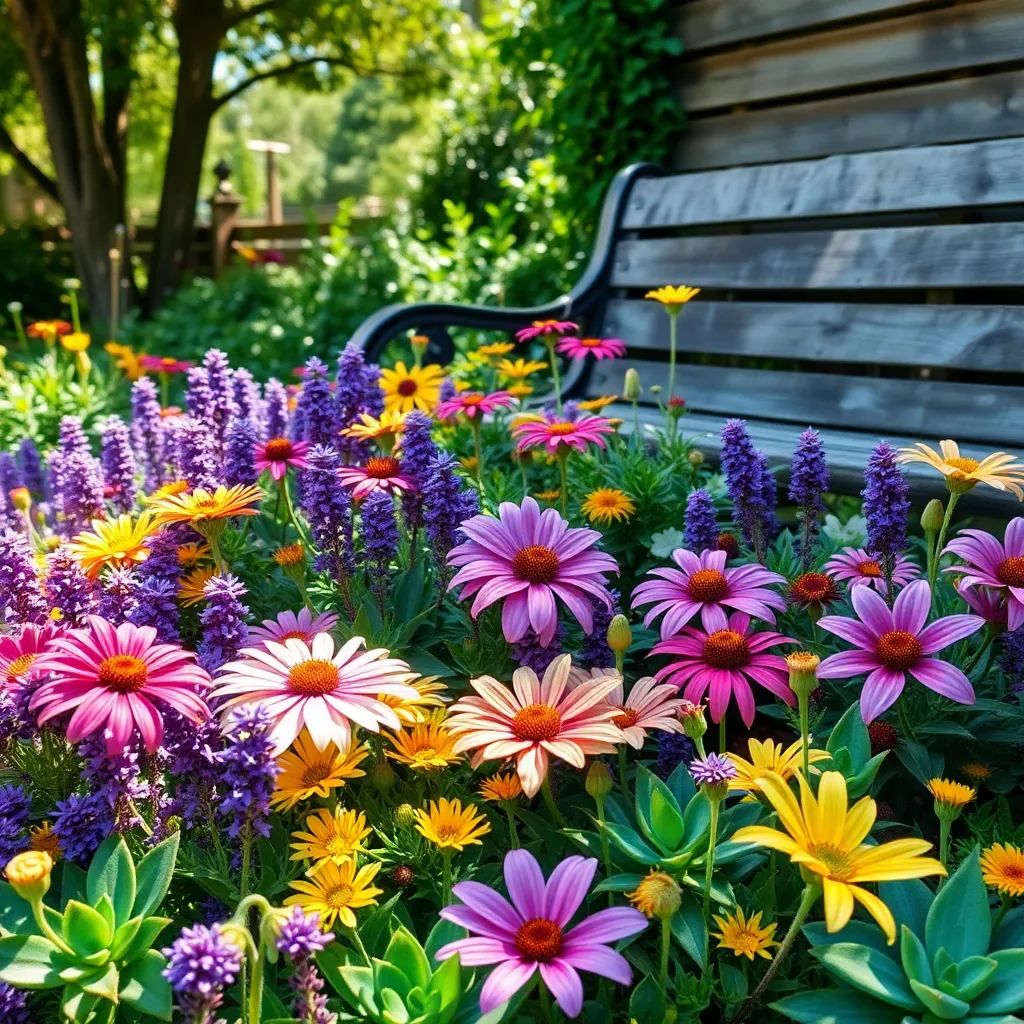
Choosing the right perennial plants can significantly reduce the time and effort needed to maintain an organic garden. Perennials return year after year, providing consistent beauty and yield without the need for annual replanting.
To start, consider native perennials as they are well-adapted to local conditions and typically require less maintenance. Plants like coneflowers and black-eyed Susans are excellent choices for sunny spots, while hostas thrive in shady areas.
It’s important to match your perennials with the right soil type to ensure healthy growth. For example, lavender prefers well-drained, sandy soil, while daylilies can adapt to a variety of soil types, making them a versatile option.
Make sure to water your perennials appropriately, as their needs can vary throughout the growing season. A general rule of thumb is to provide one inch of water per week, but always adjust based on rainfall and specific plant requirements.
Employ No-Till Gardening Methods
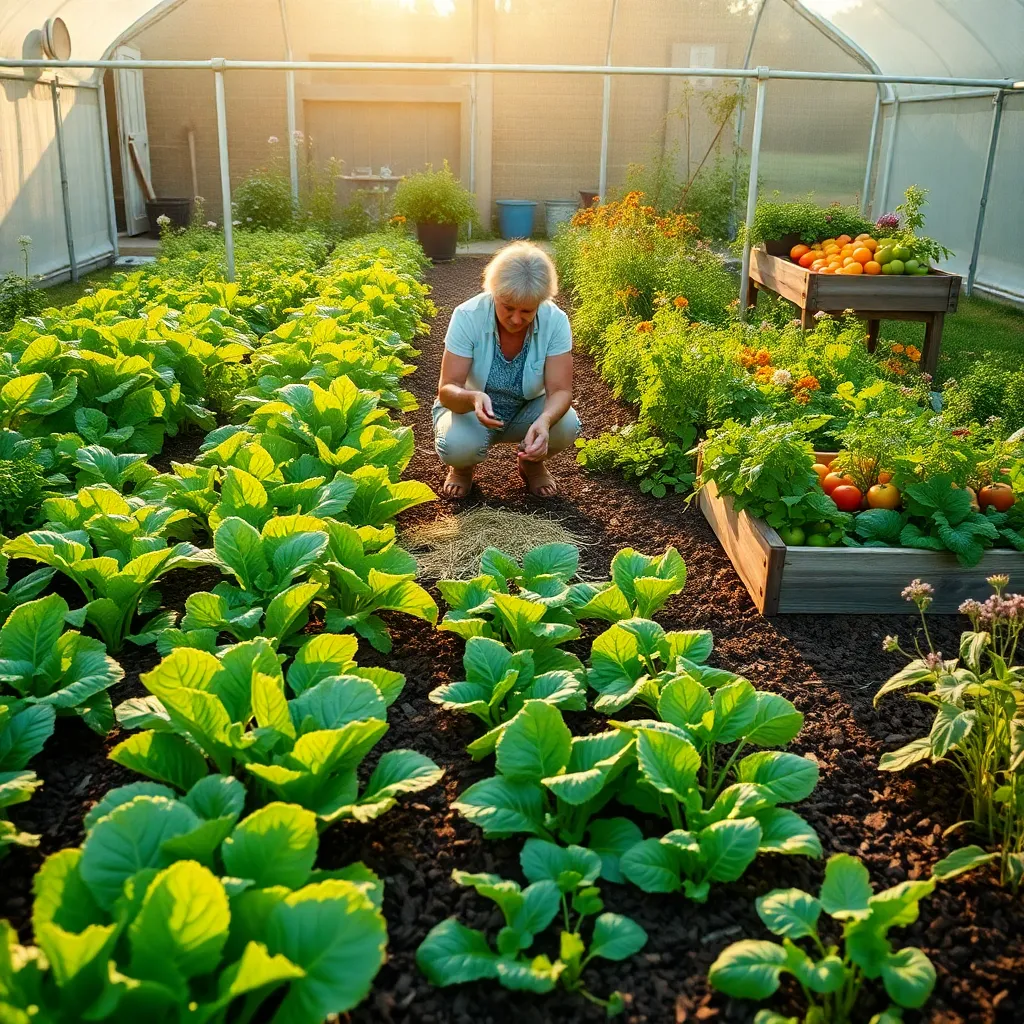
Employing no-till gardening methods can significantly enhance soil health while reducing your garden workload. This approach involves leaving the soil undisturbed, which helps to maintain its natural structure and promotes the growth of beneficial organisms.
Start by layering organic materials such as compost, leaves, and straw directly on top of your garden bed. These materials will gradually decompose, enriching the soil and providing nutrients to your plants over time.
Consistent mulching is essential in no-till gardening to suppress weeds and retain moisture. Apply a layer of organic mulch, like shredded bark or grass clippings, around your plants to keep the soil cool and moist.
For beginners, it’s important to monitor the garden’s progress by checking soil moisture and plant health regularly. Advanced gardeners can experiment with cover crops, which naturally fix nitrogen in the soil and improve its fertility without the need for chemical fertilizers.
Harvest Rainwater for Irrigation

To make your garden more sustainable, consider harvesting rainwater for irrigation. This method not only conserves water but also provides plants with a natural, chemical-free source of hydration.
Begin by setting up rain barrels under your downspouts to collect water from your roof. Ensure the barrels have a sturdy cover to prevent debris accumulation and to keep mosquitoes at bay.
For beginners, a simple barrel with a spigot is ideal for hand watering with a hose or watering can. More advanced gardeners might consider a drip irrigation system connected to the barrels to automate watering.
It’s crucial to use the rainwater regularly to prevent stagnation and algae growth. Also, periodically clean your barrels and gutters to maintain the quality of the collected water.
When using rainwater, monitor soil moisture to ensure you’re not overwatering your plants. This is especially important in clay-rich soils, which can retain excess water and lead to root rot.
Incorporating rainwater harvesting into your gardening routine not only benefits your plants but also contributes to environmental conservation. You’ll find that this practice makes your garden more resilient and vibrant with minimal effort.
Grow Cover Crops Off-Season
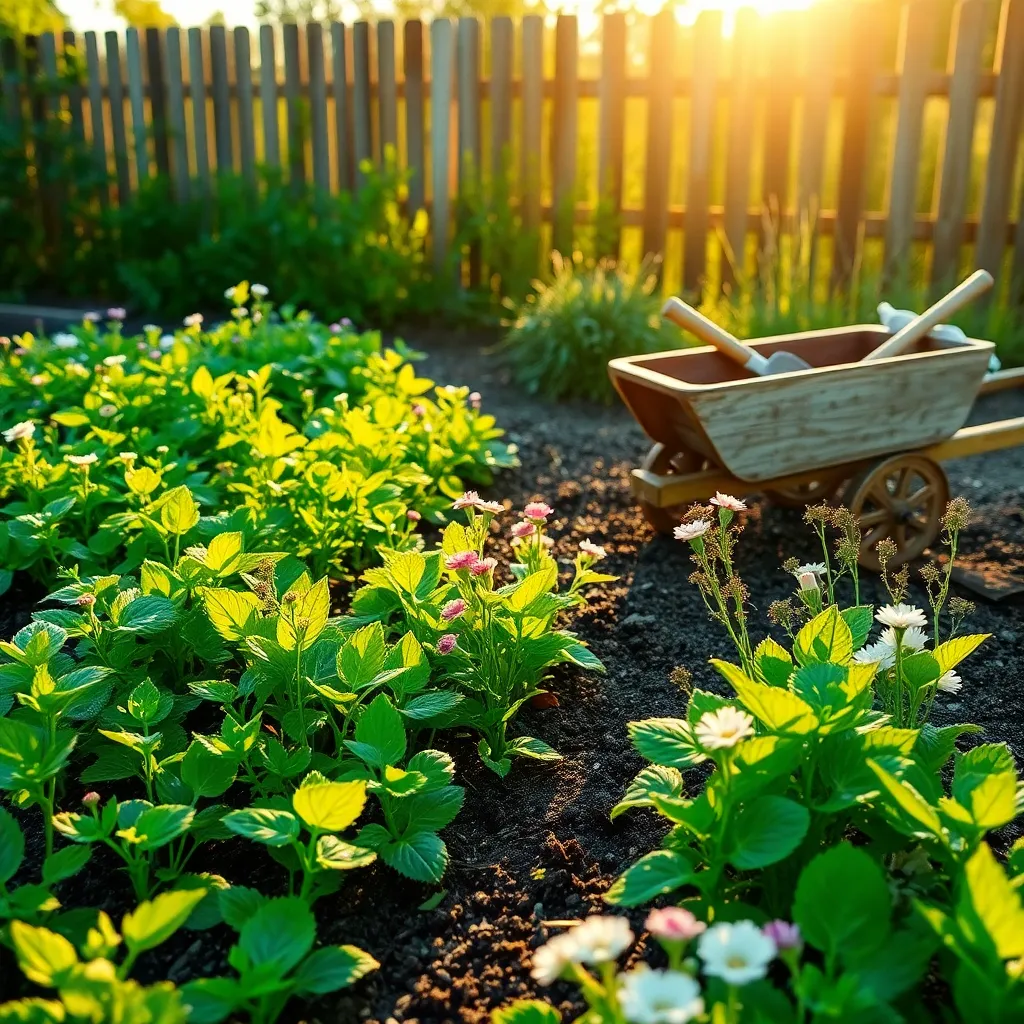
Growing cover crops during the off-season is an excellent way to enhance soil health and reduce weed growth. These plants, such as clover, rye, and vetch, help to fix nitrogen in the soil, improving fertility for the next planting season.
To get started, choose the right cover crop based on your soil type and climate conditions. For clay-heavy soils, crimson clover or hairy vetch are excellent choices as they help break up compacted ground and add organic matter.
Plant cover crops after you harvest your main crops, typically in late summer or early fall. Make sure to sow seeds densely to effectively suppress weeds, and lightly rake them into the soil for good soil contact.
Once your cover crops are established, they require minimal care. Water them lightly if rain is scarce, but generally, they thrive on natural rainfall, making them a low-maintenance option.
For advanced gardeners, consider rotating different cover crops each year to maximize soil benefits. This practice can improve soil structure and prevent pest cycles, ensuring a healthier garden environment overall.
Conclusion: Growing Success with These Plants
In exploring the enriching world of organic gardening, we’ve uncovered 11 vital relationship principles that can transform your connections. From understanding the value of nurturing (tip 1) and embracing patience (tip 2) to the importance of consistent communication (tip 3) and setting healthy boundaries (tip 4), these insights are foundational. We’ve delved into how mutual support (tip 5) and shared goals (tip 6) can fortify bonds, while celebrating individuality (tip 7) and adaptability (tip 8) fosters resilience. Cultivating trust (tip 9), practicing gratitude (tip 10), and prioritizing quality time (tip 11) round out these transformative strategies.
As your actionable next step, choose one principle to focus on this week. Whether it’s spending more quality time or practicing gratitude, small efforts can yield significant results. Remember, nurturing relationships, like gardening, requires ongoing attention and care.
Bookmark this article to revisit these insights whenever you need guidance. By integrating these principles, you’re not just tending to your relationships—you’re planting seeds for a flourishing future. Here’s to a journey of growth, understanding, and lasting connection. Your relationships are worth this nurturing investment, and with these tools at hand, success is within reach.

